2024 April Newsletter
Dear Reader,
This month, we are putting a spotlight on the collaborative work between our chapter and the Dene Tha’ First Nation (DTFN). We often include excerpts from expeditions to the most northern parts of the province for these partner projects, but that is only a glimpse into the larger picture of the collaboration. Projects led by DTFN not only connect members of the community to the land but also highlight huge opportunities for formalized Indigenous-led protection in northern Alberta. Indigenous-led conservation exists in many forms and is crucial to both reconciliation and conservation. We believe it is important to support Indigenous-led conservation, whether that is through bolstering awareness for these initiatives or lending our expertise when approached.
We hope you enjoy this edition of our newsletter!
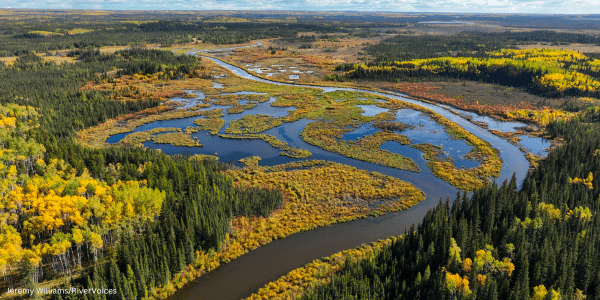
About the Bistcho Lake Region
Located in northwestern Alberta where boreal forest and ancient peatlands cover the landscape, the Bistcho region, M’becho in Dene, is both remote and boasts the third largest lake (Bistcho Lake) located entirely within what is now known as Alberta. The area holds immense cultural significance, as the region is centric to many origin stories and forms the core of Dene Tha’ identity. Artefacts unearthed from archeological sites around the lake predate Egyptian pyramids (that’s over 12,000 years old!)
The region is also ecologically important. The rich biodiversity stewarded by the Dene for millennia is the basis of a way of life: abundant wildlife, pristine waters and forests as a medicine cabinet and site for ceremony.
The Dene Tha’ First Nation is seeking formal protection of the area as a tool to conserve its cultural and ecological values. CPAWS Northern Alberta has been supporting this work since 2018. Learn more here.

What does the collaboration look like?
The work is led by the Dene Tha’ First Nation’s vision for the preservation of culture and conservation in the region. Collaborative efforts bring in community members to share their knowledge and guidance which, in turn, shapes research and the details of a proposal for an Indigenous Protected and Conserved Area (IPCA) for the region.
The hope is that research and Traditional Knowledge can not only be used together to further the conservation in the area but also to create opportunities for connection to the land.
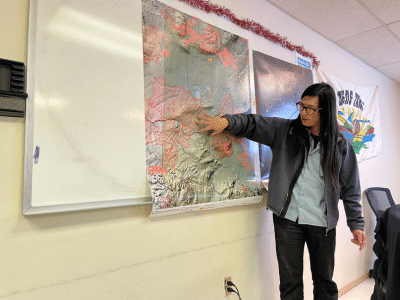
These are areas where the Dene Tha’ First Nation and CPAWS Northern Alberta are actively collaborating:
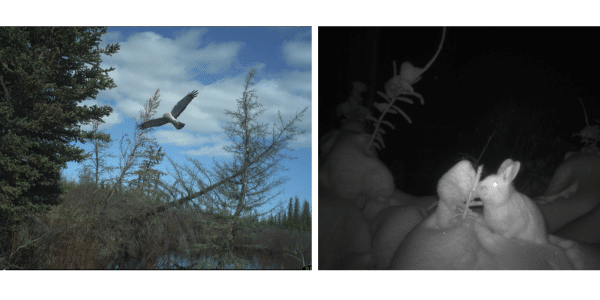
1. Wildlife Monitoring Program around Bistcho Lake
Started in 2019, the wildlife monitoring program was born out of the Nation’s concern for the area’s caribou population. The program seeks to combine Traditional Knowledge and western science methods to capture a full picture of how caribou use the area, but also to better understand the whole suite of wildlife that call the area home.
The placement of trail cameras is based on Traditional Knowledge shared by community members and data sets available for the region. With a recent expansion of the program (18 new cameras deployed in March!), the program has grown this year to a network of 51! Data captured from the trail cameras is being used to inform land use planning and support conservation efforts, including the Nation’s Indigenous Guardians program, in the region.
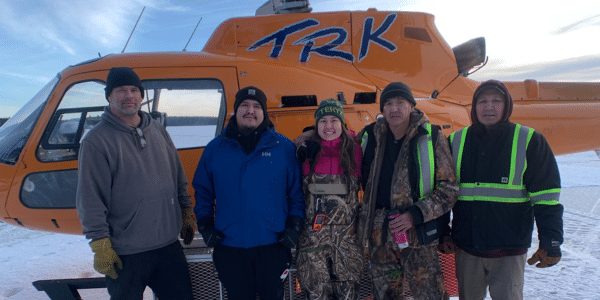
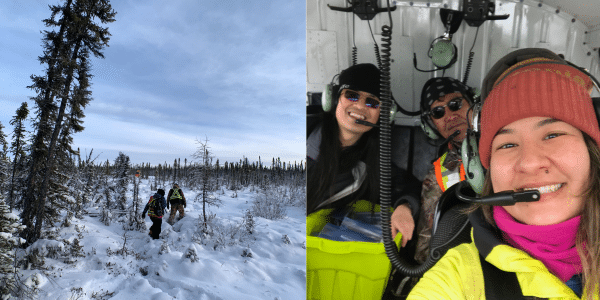
2. Community-based monitoring app & Indigenous Guardians Program
The “DTFN & CPAWS’ Guardian Field Survey App (v.1.0)” allows any community member to enter data into this GIS (Geographical Informational System) centric application. App users can record a range of items including wildlife sightings, cultural knowledge, medicines, or any illegal or industrial activity that could impact Treaty Rights.
While the App can be used by any community member, it is formally used by all of the Nation’s Lands Technicians and is the basis of DTFN’s Indigenous Guardians Program. Guardians are the “boots” or “eyes and ears on the ground”. The information collected will help ensure the sustainable preservation of ecological values and cultural practices for future generations.
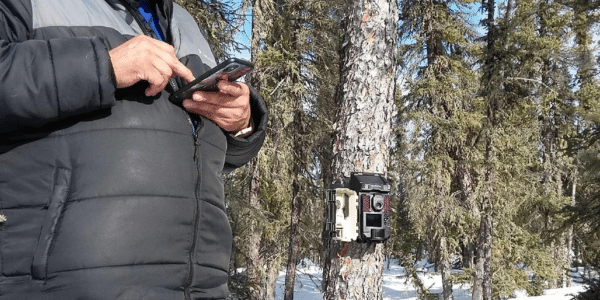
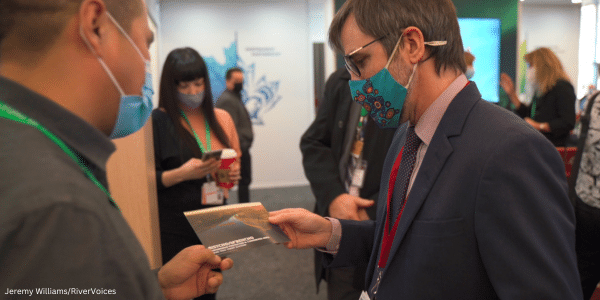
3. IPCA Development
The larger goal of this collaborative work is to establish an Indigenous Protected and Conserved Area (IPCA) for the Bistcho Lake Region. To date, there are no IPCAs in Alberta. Maybe Bistcho Lake will become the first! The areas of work listed above are all important aspects that build towards an IPCA. Geographic boundaries for the area, management intents, and proposed names are all part of community discussions that form and guide the vision of an IPCA for the region.
CPAWS Northern Alberta supports DTFN in all of these aspects. We also aim to inform policy makers more generally on how IPCAs can be designated in Alberta under our existing legislative framework, and what should be considered in a potential new legislative designation for IPCAs. Formally designating an IPCA can be a long process, but we hope that with more IPCAs being formalized across the country, Alberta could see its first soon.
Watch a short clip about Bistcho Lake here.
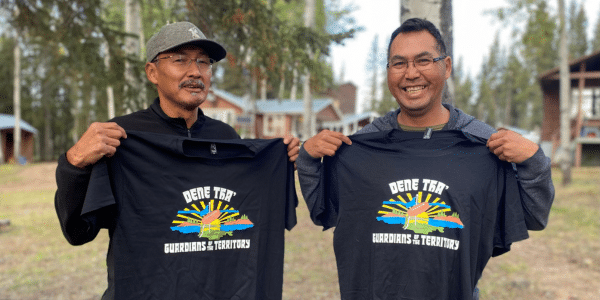
Driven by Community Input
At the crux of collaborative work is meeting with members of the Dene Tha’ First Nation in the communities surrounding High Level, including Chateh, Bushe, and Meander River. It is in those in-person interactions through community meetings, field work, workshops and celebration that we can deepen our understanding of how conservation concerns fit into community needs and pressures. The data offered by western science (collected from the wildlife monitoring program) does not give a full picture of the region’s story. It is often during these trips that we can fully contextualize what is happening on the ground.
As an example, when going through trail camera photos, the team was surprised to come across a few different sightings of what appeared to be caribou twins. We were quite surprised by this, as caribou typically only rear one calf. However, members of the community informed us that these were not actually caribou twins, but rather pairs of yearlings that had been pushed away from their pregnant mothers that were about to give birth again. The yearlings pair up to face the world without their moms but together!
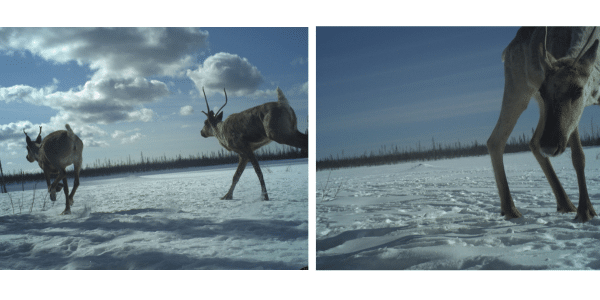
Importance of Indigenous-led Conservation
Often in the space of conservation, nature is depicted as “untouched” or “pristine”, which is generally an untrue description. Since time immemorial, Indigenous Nations have been the stewards of the lands and waters we live on. Removing the people from the landscape, as was done in Canada’s National Parks decades ago, resulted in the erasure of Indigenous, Inuit, Métis, and First Nations that have shaped the landscape through their own successful land management practices that were in harmony with the land.
The international community agrees that protecting 30% of lands and waters by 2030 will be an integral strategy to halt and reverse biodiversity loss. With that lofty goal, it is imperative that we support Indigenous-led conservation whenever possible. A helpful reframing is that the goal isn’t to create natural spaces where people are kept out, it is to create a sustainable co-existence between communities and nature. What better way to act with the intent of reconciliation and the conservation of our landscapes than to look to Indigenous knowledge and methods of coexisting with the land.
There are many ways Indigenous-led Conservation can take shape, IPCAs (Indigenous Protected and Conserved Areas) are just one tool. Learn more about IPCAs here.
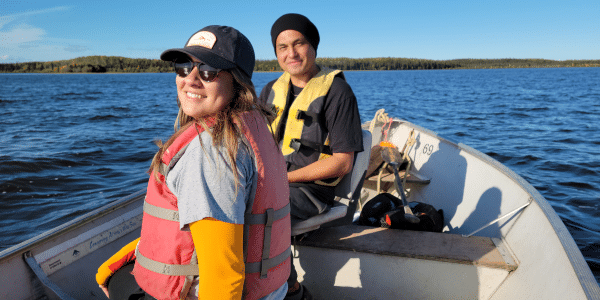
In the News
- Alberta to appeal release of some Rocky Mountain coal mining documents ordered by judge
- How mapping tree genomes can help plant forests resilient to climate change
- Controversial methods are working to buy Canada’s caribou some time
- Making friends with fire
- Varcoe: Province to appoint new chair, three other board members to AER amid stormy times for regulator
- New bill allows Alberta government to set conditions for national urban park decisions
- Eco groups worried about Alberta lobbying for coal mines in Rockies
Take Action
Share your support for National Urban Parks
Email your MLA to let them know you support National Urban Parks and would like to see Alberta be a part of a national network of urban parks.
STAY INFORMED
Protect the Wilderness
To receive news and updates from CPAWS Northern Alberta, including opportunities to get involved, join our mailing list below.
